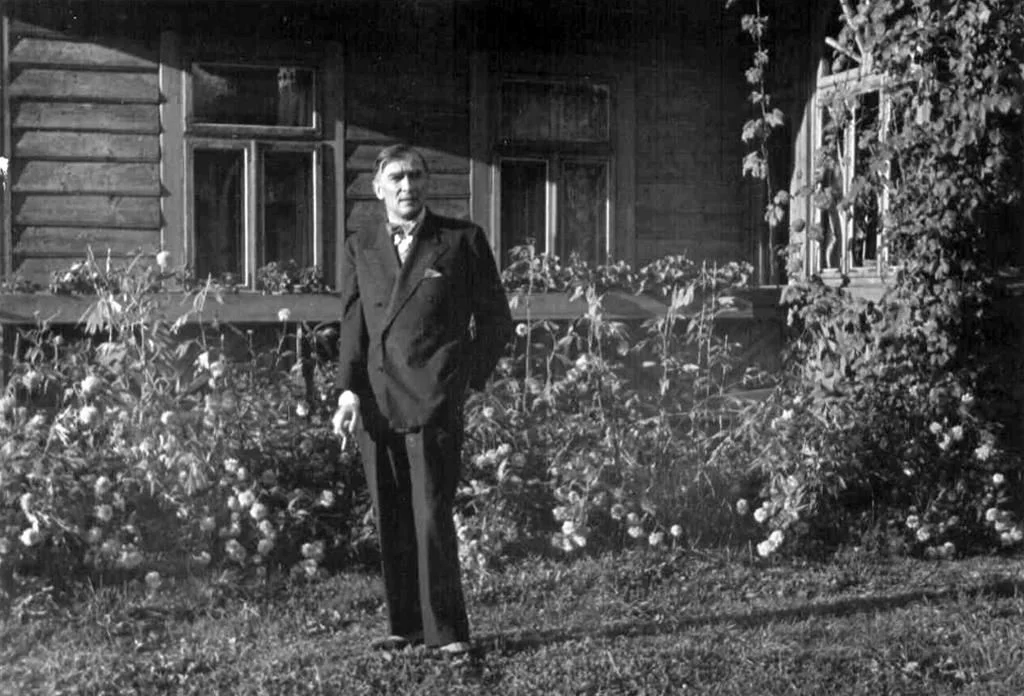Who Is Karol Szymanowski? Why Is Google Doodle Commemorating the 141st Anniversary of the Polish Composer’s Birth Today?

Karol Szymanowski: Celebrating the Polish Composer’s Legacy on His 141st Birthday
Today, Google Doodle is serenading the world with its tribute to the illustrious Polish composer and pianist, Karol Szymanowski, who would have turned 141 today. This artistic homage, illustrated by the talented Wrocław-based guest artist Paweł Szlotawa, captures Szymanowski in the midst of his musical genius, seated at the piano in a dapper velvet jacket and bow tie.
Karol Szymanowski was a musical luminary of the early 20th century, born in Timoshovka, Ukraine, in 1882. His family, hailing from Polish nobility, had been exiled after the Kościuszko Uprising. It wasn’t until he turned 18 that Szymanowski could finally return to his homeland, Warsaw, to nurture his musical talents by studying harmony, counterpoint, and composition. However, the city’s conservative musical atmosphere at the time left him dissatisfied.
To break free from the conventional constraints, Szymanowski co-founded the Young Polish Composers’ Publishing Company in 1905. This groundbreaking endeavor allowed him to showcase his own compositions in Berlin and Warsaw.

Szymanowski’s artistic journey was briefly interrupted by the outbreak of World War I, as an injured knee prevented him from serving in the military. Yet, this period of turmoil led to some of his most remarkable creations, including “Mity” (1914), “Metopy” (1915), and “Maski” (1916).
The turning point in Szymanowski’s career arrived in 1919 when he returned to the newly-independent Poland. Here, he embarked on a mission to shape the nation’s unique musical identity and style, something he felt was previously missing. He sought inspiration in Polish folk music and worked diligently to create a Polish national style, an ambition unexplored since the days of Chopin.
Encyclopedia Britannica aptly explains this pivotal phase: “With the establishment of an independent Polish state in 1918, Szymanowski became deeply interested in the Polish folk idiom and tried to create a Polish national style, a task unattempted since Chopin.”
Noteworthy compositions from this era include the “20 Mazurkas” (1924–25) for piano and the ballet-pantomime “Harnasie” (1923–31). Szymanowski’s creativity knew no bounds, and he also journeyed across the UK, the US, and Europe, gaining international acclaim for his operas “Hagith” (1922) and “Król Roger” (1918-24).
In 1927, he assumed the role of director at the Warsaw Conservatory, though his tenure was briefly interrupted by tuberculosis. He continued to compose prolifically in his later years, leaving behind a legacy that includes works like “Symphony No. 4” (1932), choral masterpieces such as “Veni Creator” (1930) and “Litania Do Marii Panny” (1930–33), before his passing in 1937.
Karol Szymanowski‘s contributions to classical music, marked by elements of modernism and impressionism, his exploration of folk and Middle Eastern music, and his remarkable ballets and operas like “Harnasie” and “King Roger,” are etched indelibly in the annals of music history. His compositions, including “Stabat Mater,” “Symphony No. 3,” “Myths,” “Violin Concerto No. 1,” “Etudes,” “Mazurkas,” and “Songs,” remain cherished treasures for music enthusiasts around the globe.
Szymanowski’s tireless efforts to infuse Polish culture and history into his music make him an iconic figure in Polish music history. Today, as we celebrate his 141st birthday with the help of Google Doodle, we also commemorate his enduring legacy, which continues to resonate through the timeless beauty of his compositions. For those curious to learn more about this remarkable composer, a plethora of knowledge news articles, YouTube videos, and educational resources await exploration.
By: M Z Hossain, Editor Sky Buzz Feed















